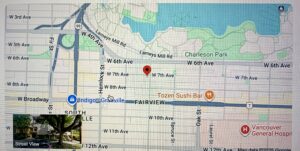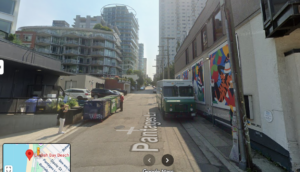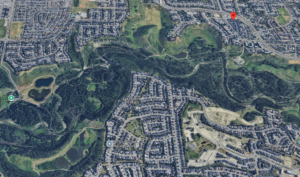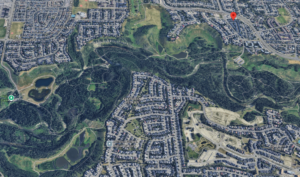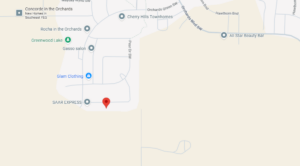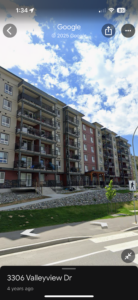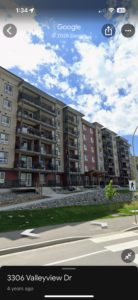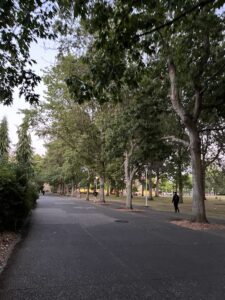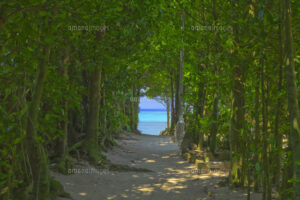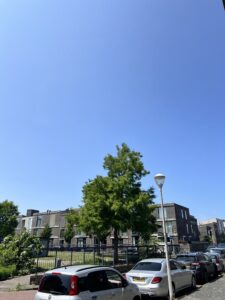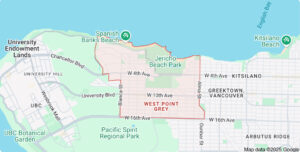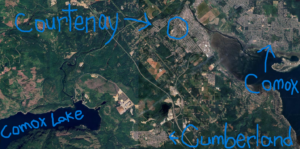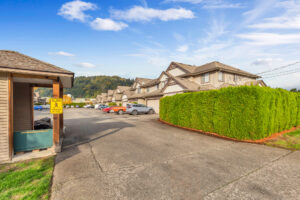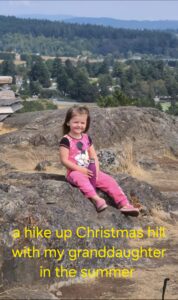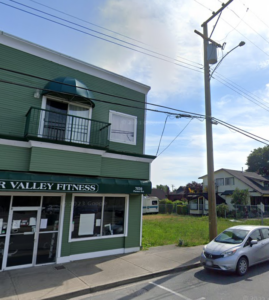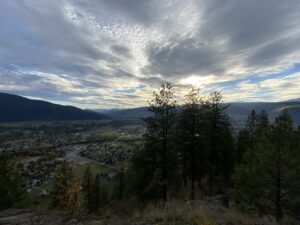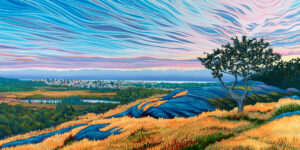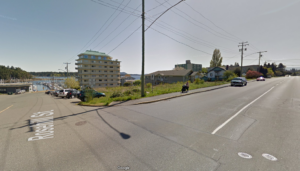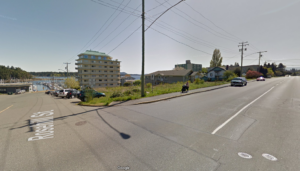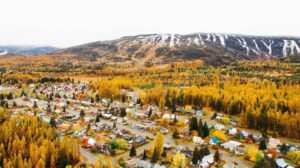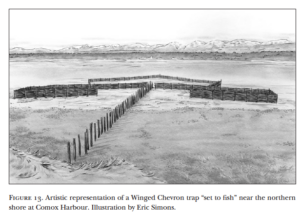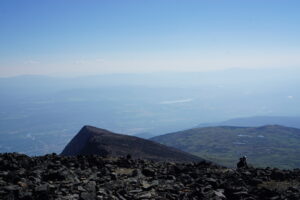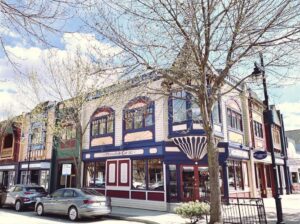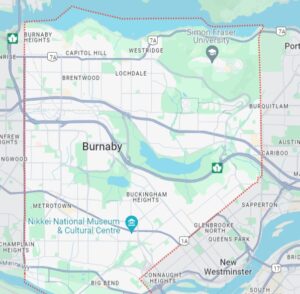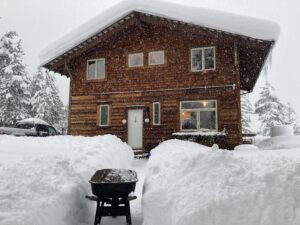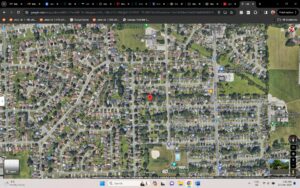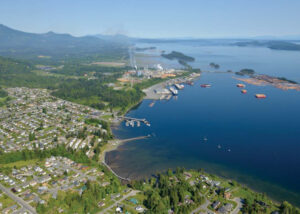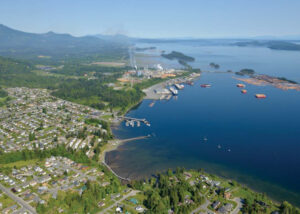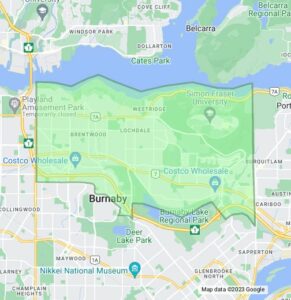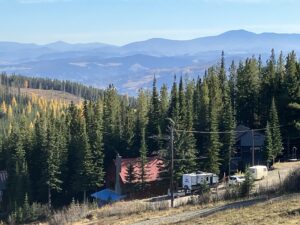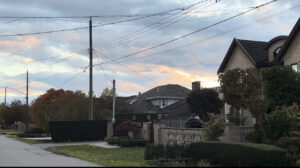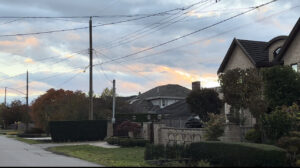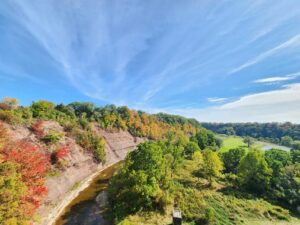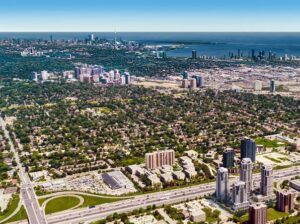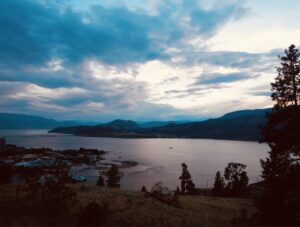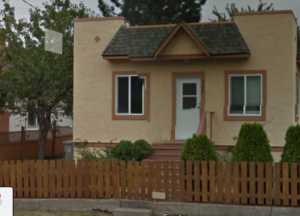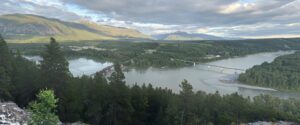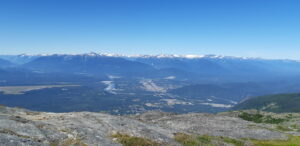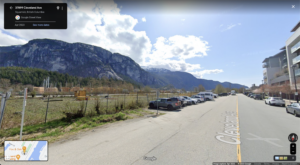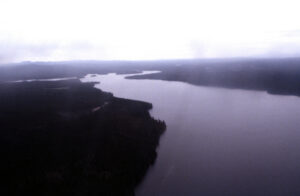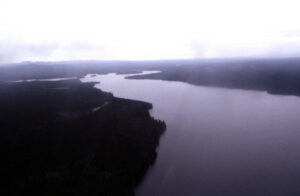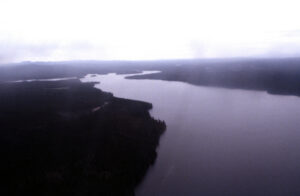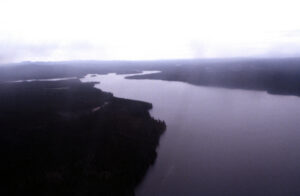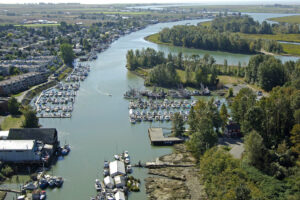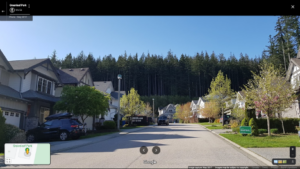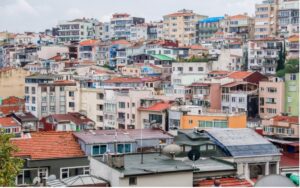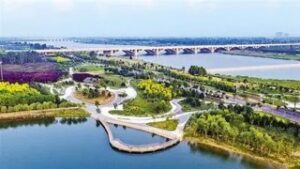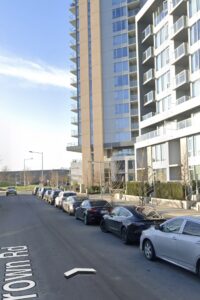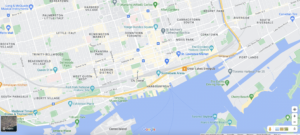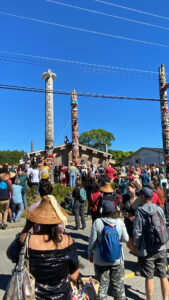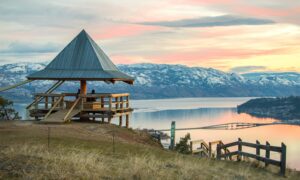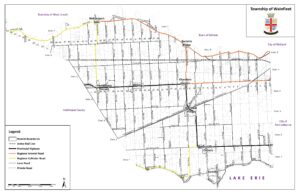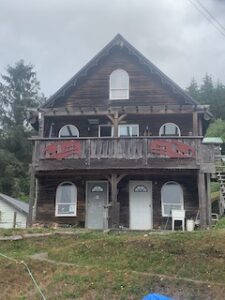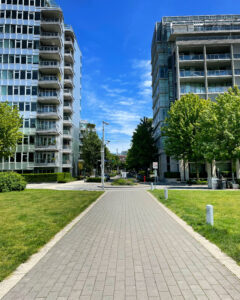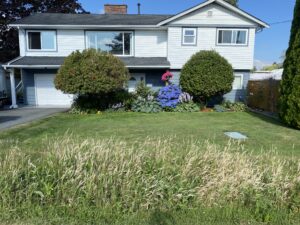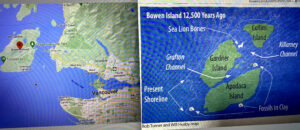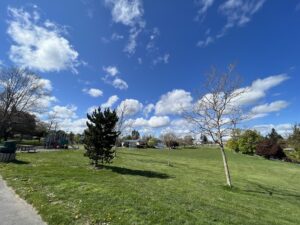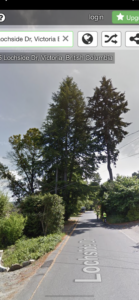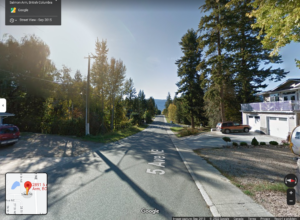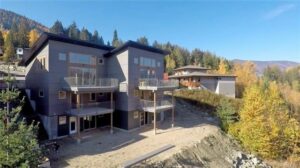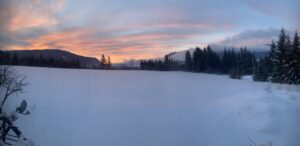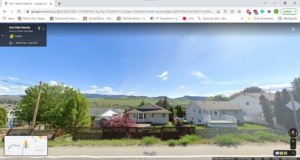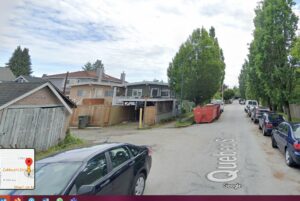Exercise #1: Local Environmental History
Instructions
For Exercise #1, you will bring environmental concepts home by looking at your neighbourhood’s environmental history.
- Using the submission form, post a photo of your area (Google Street View if you do not want to show your home) on this interactive map and explain the ecological history of this space, as per this example.
- Write a 700 to 1100 word of the ecological history of this physical environment, including where applicable: pre-contact use and settlement; wildlife past and present; early settlement and resource extraction; invasive species; urban development; stewardship actions (urban stormwater retention systems; community gardens; composting facilities).
- You must show where you found your information, either through footnote citations or with links embedded in the text, or a combination of both.
- The writing can be informal, as per the Exercise 1 Sample (you may even use first person, which definitely will not fly with your historiography and major essay projects!) but correct spelling and grammar are expected.
- In most cases, given the readily available information online, this exercise need not take more than 6–8 hours to complete. It is meant to help you think historically about your environment—to read it through an ecological lens. If you live in a rural area or small town, you may think that there is less to say than what you read in the sample based on a Vancouver neighbourhood, but this is not the case. The environmental history will be very different, and you might focus far more on, say, the settlement period of the late nineteenth century, or the implications of the introduction of cattle or irrigation and less on events of the 1960s and 70s.
- Please note, you should write and edit your submission in a separate file then copy and paste it into the submission box. Once submitted to the HIST 3991 trubox site, you will not be able to edit your post.
Are you a student of HIST 3991? Click here to add a submission to this assignment.
Submissions
Latest Posts
Terrace, British Columbia
August 7, 2023 By: Jared Daumont
Terrace, British Columbia, is a small city located in northwestern British Columbia. Having lived here for 22 years now, I can confidently attest to the observable ecological changes that have occurred in the area. Due to its location, being situated between many smaller communities, Terrace is considered to be a hub for industry, retail, and transportation in northwestern B.C. Being a hub city, Terrace has seen a great deal of growth since its official incorporation as a village in 1927 [1]. This growth has only increased in recent years, as the population grows, jobs are created, and new industries move…
Terrace, British Columbia
July 28, 2023 By: Clarissa Wight
I live in Terrace, British Columbia. I have lived here all my life and the area has changed drastically within that time but even more so since the first people lived in the area at least 5,000 years ago. It has been gradually growing and expanding but the rate of growth has increased in the past few years due industries expanding in surrounding towns that Terrace provides some essential services for and the construction of a new hospital. Terrace is located on Tsimshian territory. According to the Canadian Encyclopedia, their connection to the land dates back at least 5,000 years…
Environmental History of Panorama Ridge and Surrey
July 5, 2023 By: Rosie Chandi
Ecological History of Panorama Ridge I reside in Panorama Ridge of Surrey, BC, near Highway 10 and 152nd street, and I would say this area displays a diverse ecological history that has been influenced by early settlers, abundant wildlife, urban development, and resource exploitation [2]. This essay explores the history and evolution of Panorama Ridge and Surrey to provide a comprehensive understanding of the development and transformation of this environment. From the City of Surrey website, I learned that Panorama Ridge was home to the Semiahmoo, Katzie, and Kwantlen First Nations people who resided here for thousands of years [2]….
Downtown Squamish
May 29, 2023 By: Robin Arens
Norman Fennema HIST 3991: Environmental History Robin Arens May 29, 2023 Environmental History of Downtown Squamish I live on Cleveland Street in Downtown Squamish. This neighbourhood is located in between the Mamquam blind channel and the Squamish river estuary, at the northern end of Howe Sound. Downtown Squamish has existed as a townsite since 1914 [1], however the people of the Squamish Nation have lived in the area for thousands of years [2]. The city’s location is a confluence of ecosystems, a temperate rainforest in the Coast Mountains and the Squamish River Estuary where the Elaho, Mamquam, Cheakamus…
Living in Nimpo Lake
May 19, 2023 By: T00109988
Living in Nimpo Lake, BC I live in the supreme plateau of Nimpo Lake BC in a small First Nations Community of Ulkatcho First Nation on Indian Reserve #19. There is 14 of my family members living on this small reserve, not on the main reserve in Anahim Lake, BC. There is in total 8 houses and 4 single units for small families. The population is shared with of 1500 people with our neighboring town of Anahim Lake, BC.[1] We all have private wells for water, and rely on BC Hydro for power. Nimpo Lake is a lazy town…
